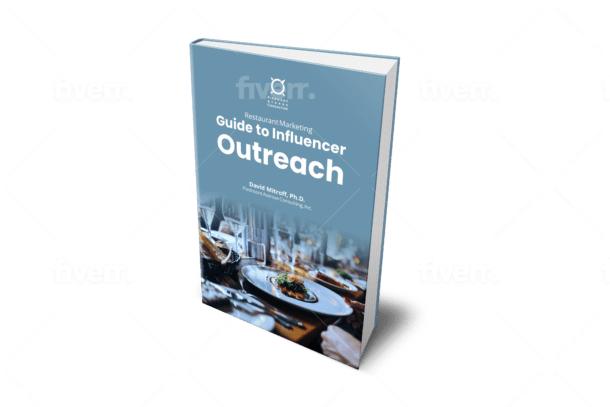Choosing a resume format is an important part of your job search. Using the wrong format can cause you to be overlooked, and a good format can help you stand out in the crowd.
There are a few different formats to choose from, and this article will help you pick the best one for you.
Combination Resume Format
Whether you’re looking for a new career, a job in a different industry or just want to change jobs, the combination resume format is a great way to highlight your transferable skills.
With a combination resume, you’ll be able to pull the most important skills to the top of your resume and avoid the disadvantages of other resume formats.
The combination resume format is perfect for professionals who have at least 10 years of experience. You’ll also want to highlight your transferable skills, which will show how your previous jobs have helped you develop the skills you need for your new position.
While combination resumes are helpful for professionals with many years of experience, they’re not recommended for entry-level candidates.
Reverse Chronological
Combination resumes use a functional format that shows your work history in reverse chronological order.
You can include your job titles, job responsibilities, daily tasks, accomplishments, awards, and educational qualifications. You should also include a section for hobbies, interests, and relocation sponsors. If you’re unpaid, you may also include internships or volunteer work.
Bullet Points
Combination resumes use bullet points to list the skills you have. You should write a minimum of three bullet points for each skill. Each bullet point should be detailed and show how you did the duties associated with the skills. If you don’t have much experience, you can add university internships or volunteer work.
Skills Summary
You’ll also want to include a Skills Summary section, which lists your key abilities and achievements. You can list up to twelve skills on your combination resume. If you have more than twelve, you can split the section into categories.
You should also include your highest degree, graduation year, school name, and any additional information, such as certifications and hands-on experience.
If you’re new to writing a resume, you may want to consider using an online resume builder. Simply download a resume example and get started.
Chronological Resume Format
Recruiters and hiring managers like the chronological resume format because it displays an applicant’s career path in a logical, straightforward manner. It also highlights career growth and development.
Chronological resume is one of the most common types of resume formats.
The chronological resume format is ideal for job seekers with solid work history and experience in a particular field. However, it does not work well for candidates with significant gaps in employment history, a career change or a transition into a new field.
Job History, Description, and Responsibilities
The chronological format also allows job descriptions and job responsibilities to be included on the resume. It is also easy for a machine to connect information, making it a good choice for resumes submitted to Applicant Tracking Systems.
The most important part of the chronological resume format is the job history section. This section lists the candidate’s previous positions, and includes bullet points on each job’s responsibilities and achievements.
Skills Section
The skills section is another important element of the chronological resume format. The skills section lists the candidate’s key skills, which complement their work history. These skills are important for a hiring manager to understand who they are hiring. This section is often placed below the job history and details section.
Professional Summary
The professional summary is also important in the chronological resume format. The professional summary is a brief two to five sentence teaser that highlights the candidate’s most important skills.
Education Section
Another important element of the chronological resume format is the education section. The education section lists academic credentials, special training and certificates. The education section is often placed before the work experience section.
It is important to include key skills here, and this is a great way to show an employer that you have the right skills for the job.
Lastly, a list of relevant hobbies should be included in the last section of the resume. This will show the hiring manager that you have interests outside of work.
The chronological resume format is a great option for virtually all job seekers. However, the resume format needs to be tailored to the job being applied for.
Functional Resume Format
Unlike a traditional chronological resume, the functional resume format is designed to highlight your skills. It does this by focusing on a few key achievements that demonstrate your skills.
It is best used by job changers or those with gaps in their work history. It also showcases your skills in a way that is flexible and versatile. It is also a good choice for recent graduates.
Experience and Languages
If you are looking for a job in retail, for example, you may have worked in management positions and were responsible for training and hiring employees. In this case, it is best to include this experience in the functional resume template.
It is also good to include language skills. Your language proficiency should be listed along with your level of understanding.
Include contact information – phone numbers, email addresses, and your LinkedIn profile. If you do not have a LinkedIn account, you can also include a link to your personal website.
Career Summary
Career summary will give potential employers a general idea of your professional background.
This section should be a short, two-to-five sentence summary that explains your career goals and qualifications. The summary should also include at least three examples of your most relevant accomplishments.
Awards and Extracurricular Activities
Add an award or two to your functional resume template. You can also include publications, extracurricular activities, and volunteer experience. These are just some of the more popular items that you can include in your resume.
Academic Achievements
Include a list of your academic achievements in your resume. This includes your GPA. Most companies do not care about your grades, however. You can also include any honors or courses that you have taken.
Skills
Lastly, you can include a bulleted list of your skills. These can include problem-solving, critical thinking, and communication skills. This list can also include courses you have taken that are related to your job.
Conclusion
Resume needs to be easy to read, visually appealing, and tailored to the job you are applying for. Consider the types of information that employers need to know when deciding which resume format is best for you.
Make sure that your resume complies with any industry-specific standards or requirements.
By following this guide, you can create an effective resume that stands out from the crowd and helps you land your dream job.








